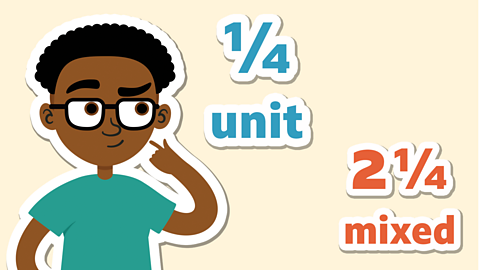Problem solving with fractions

Problem solving is a fantastic way to put your knowledge into practise.
Word problems can sometimes seem scary and more like a comprehension question in English. However, once you have your detective hat on, youâll have cracked the answer in no time.

RUCSAC

Every detective has to carry their equipment in their RUCSAC.
RUCSAC is an acronym that helps us to remember the order to tackle word problems:
READ the question carefully.
UNDERLINE and UNDERSTAND key words.
CHOOSE the correct operation (+ - x Ă·) and method.
SOLVE the problem!
ANSWER the question.
CHECK your working out.
Letâs use RUCSAC to solve a fraction word problem.

Example 1
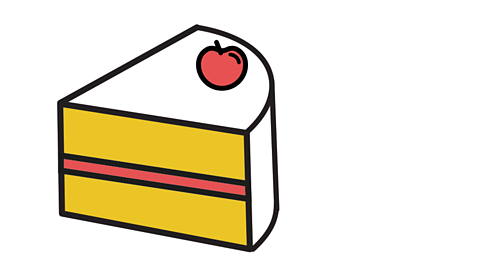
Antonia and Julius baked a cake. Antonia ate âŽ/â of it and Julius ate Âł/â. How much cake did they eat altogether?
- READ
Have you read the question carefully?
- UNDERLINE and UNDERSTAND
Underline or highlight the important information. Do you know what the problem is asking?
Antonia and Julius baked a cake. Antonia ate âŽ/â of it and Julius ate Âł/â. How much cake did they eat altogether?
- CHOOSE
The word âaltogetherâ tells us that we need to add the fractions.
- SOLVE
âŽ/â + Âł/â = â·/â
- ANSWER
You've worked out how much cake was eaten altogether so you have answered the question.
- CHECK
Make sure you have added the fractions correctly.
âŽ/â + Âł/â = â·/â

Using diagrams to represent problems
It can also really help to represent the problem using models or diagrams.
Letâs take a look at the question above again. You can draw each of the cakes and then shade each part to help you work out the answer.

This makes it really easy to see what proportion of the cake Antonia and Julius both ate.
There's often more than one way to solve a problem and you might find some ways more efficient than others.
Example 2
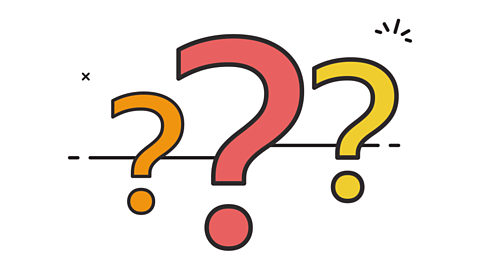
Bar models can also be a really helpful way for you to visualise a problem.
Let's take a look at another question.
Jack and Sam started with the same amount of pocket money. Jack spent 3/4 of his money. Sam spent 2/3 of his money. Who had the most money left?
We can model this problem using two equal bars, one beneath the other. If you then shade the fractions spent by each person, you can easily compare them.


Can you see how this shows that Sam has the most money left?
Jack has spent more money. 3/4 is more than 2/3.
Activities
Quiz
Fraction problems
Have a go at answering these problems. Use RUCSAC to help you.
NEW! Play Guardians: Defenders of Mathematica - the Halloween update. gameNEW! Play Guardians: Defenders of Mathematica - the Halloween update
Experience Mathematica as youâve never seen it before, with all-new backgrounds and costumes for Halloween. Available for a limited time only. Use your maths skills to save the day before it's too late!

More on Fractions
Find out more by working through a topic
- count21 of 26
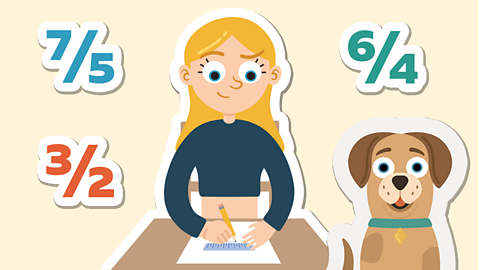
- count22 of 26
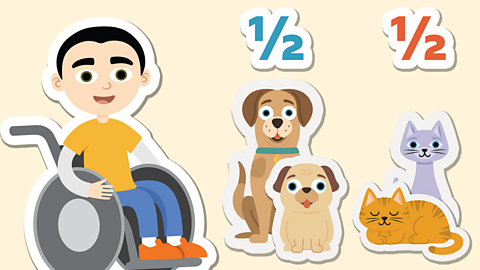
- count23 of 26
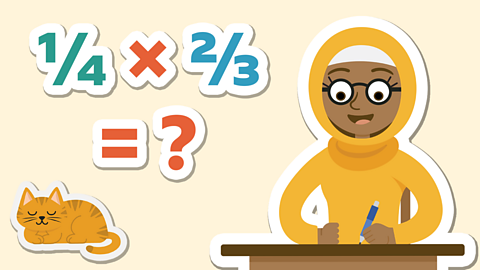
- count24 of 26
